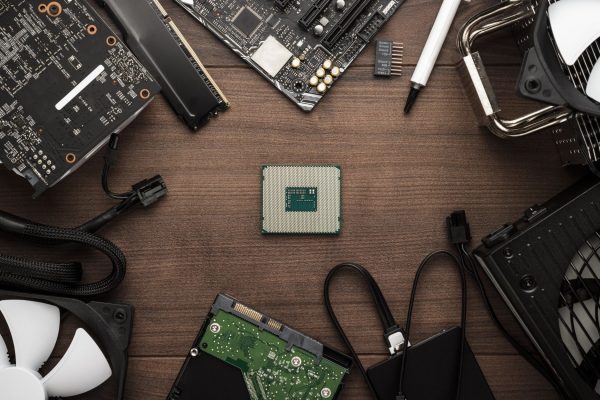Cutting metal can feel daunting, but understanding the right techniques and tools makes it straightforward. This blog will explore what you need to know about cutting metal with a saw. Continue reading to learn more about this subject.
Types of Metal Cutting Saws
Selecting the right saw for your metal-cutting needs is crucial. Each type of saw has its unique features and uses. Band saws are perfect for cutting curves and irregular shapes. They provide precise control, making them ideal for detailed work.
Chop saws, on the other hand, are great for straight cuts. They’re robust and can handle thicker metals, making quick work of tougher jobs. Circular saws are versatile and useful with various blades, including those designed specifically for metal. When choosing a saw blade, make sure it’s compatible with the metal you’re cutting to avoid damaging the material or the saw.
Safety Measures
Safety should always be your top priority when working with metal-cutting saws. Start with personal protective equipment (PPE).
- Safety goggles
- Gloves
- Ear protection
Ensure your workspace is well-lit and clutter-free. A stable surface for your saw will prevent accidents caused by wobbling or tipping. Proper handling of the saw is vital. Always cut away from your body and keep your hands dry and free from the cutting path. Take these precautions seriously to make your metal-cutting experience safer and more enjoyable.
Cutting Different Types of Metal
Cutting different metals requires specific techniques. Let’s start with steel, a common material in many projects. Use a chop saw with a high-speed steel blade for straight cuts. For curved cuts, a band saw with a bimetal blade works best.
Aluminum is softer, and you can cut it with a circular saw equipped with a carbide-tipped blade. Make sure you lubricate the saw to prevent the blade from clogging.
Copper, known for its malleability, can be cut using the same tools as aluminum, but a fine-toothed blade will result in a cleaner cut. Practice makes perfect, so don’t be discouraged if your first cuts aren’t flawless.
Maintaining Your Metal Cutting Saw
Proper maintenance of your saw ensures its longevity and efficiency. After each use, clean the saw to remove metal shavings and dust. Inspect the blade regularly for wear and tear; a dull blade can lead to poor cuts and potential hazards. Lubricate moving parts to keep the saw running smoothly.
Storage is also important. Keep your saw in a dry place to prevent rust and other damage. Following these simple steps will keep your saw in top condition for years.
Now that you know about cutting metal with a saw, a world of possibilities opened. Understanding and mastering the proper techniques can make your projects more efficient and enjoyable. The versatility of saws and the variety of metals you can work with offer endless opportunities for creativity.













